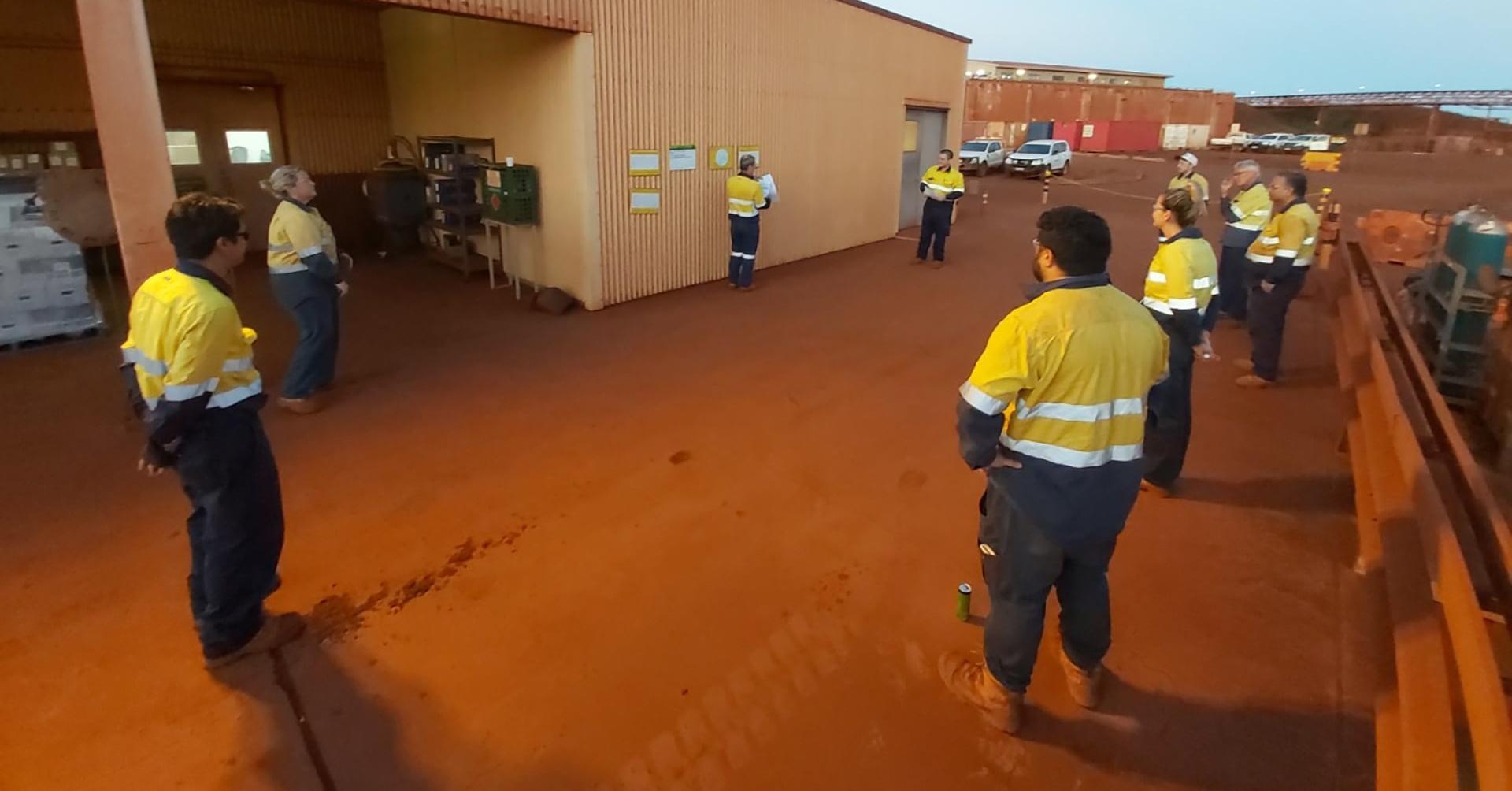Are you curious to know what is a FIFO worker? You have come to the right place as I am going to tell you everything about a FIFO worker in a very simple explanation. Without further discussion let’s begin to know what is a FIFO worker?
What Is A FIFO Worker?
FIFO (Fly-In, Fly-Out) workers play a pivotal role in industries where remote operations and specialized projects demand a unique workforce structure. These dedicated professionals, often working in challenging environments, contribute significantly to various sectors, ensuring operational efficiency and continuity.
Exploring FIFO Work
- Remote Operations: FIFO workers are employed in industries such as mining, oil and gas, construction, and remote infrastructure projects, where operations are situated in remote or distant locations.
- Rotation-Based Work: These workers follow a rotation-based schedule, commuting to the worksite for a set period (e.g., several weeks) before returning home for an off-duty period, often on a schedule like 2 weeks on-site and 1 week off.
- Diverse Roles: FIFO workers encompass a wide range of roles, including engineers, technicians, tradespeople, healthcare professionals, and administrative staff, contributing their expertise to keep operations running smoothly.
Key Aspects Of FIFO Work
- Adaptability and Resilience: FIFO workers exhibit adaptability, as they often navigate challenging environments, diverse cultures, and prolonged periods away from home and loved ones.
- Specialized Skills: Many FIFO roles require specialized skills and training, ensuring that these workers are equipped to handle the unique demands of remote operations and projects.
- Safety and Compliance: FIFO workers prioritize safety protocols and compliance with regulations, as remote work environments often come with their own set of safety challenges and procedures.
Lifestyle And Challenges
- Work-Life Balance: Balancing work commitments with personal life can be a challenge for FIFO workers due to extended periods away from home. However, structured time off provides opportunities for quality family time during breaks.
- Isolation and Mental Health: Working in remote locations can lead to feelings of isolation and impact mental health. Employers often provide support services and resources to address these challenges.
- Workplace Culture: Building a cohesive workplace culture despite rotational schedules and varying team compositions is crucial to maintaining morale and teamwork among FIFO workers.
Visit Ofstype to Get to know about more concepts like this.
Contributions And Significance
- Operational Continuity: FIFO workers play a crucial role in ensuring the continuous operation of remote projects and sites, contributing to the success and efficiency of various industries.
- Economic Impact: Their contributions to industries such as mining and energy extraction significantly impact regional economies and development.
- Skill Development and Growth: FIFO work often offers opportunities for skill development, career advancement, and exposure to diverse projects, enriching the professional growth of workers.
Conclusion
FIFO workers, with their resilience, expertise, and dedication, form the backbone of remote operations across various industries. Their commitment to navigating challenges, ensuring operational efficiency, and contributing to regional development underscores their importance in today’s specialized and remote-driven workplaces.
As industries continue to evolve and rely on remote operations, the contributions of FIFO workers remain indispensable, shaping the success and sustainability of projects that drive global progress.
FAQ
Is FIFO Work Hard?
FIFO life can also be physically hard on your body. For example, working a 12-hour night shift and sleeping during the day can be hard to adjust to, and the physical labour positions that require repetitive movements can cause wear and tear on the joints if not following correct manual handling procedures.
How Much Do You Make FIFO?
How much does a FIFO make in Australia? The average FIFO salary in Australia is $109,019 per year or $55.91 per hour. Entry-level positions start at $89,700 per year, while most experienced workers make up to $161,322 per year.
What Are The Disadvantages Of Being A FIFO Worker?
Rosters can be irregular and may include working weekends or public holidays, which might not suit everyone’s lifestyles. If you’re not disciplined, you might find it difficult to maintain a consistent routine or spend quality time with loved ones.
Is FIFO Only In Australia?
Fly-in fly-out is a method of employing people in remote areas by flying them temporarily to the work site instead of relocating employees and their families permanently. It is often abbreviated to FIFO when referring to employment status. This is common in large mining regions in Australia and Canada.
I Have Covered All The Following Queries And Topics In The Above Article
What Is A FIFO Worker In Australia
What Is A FIFO Worker Australia
What Is A FIFO Worker?
FIFO Worker Salary
What Is A FIFO Worker Job Description
What Is A FIFO Worker In Mining
What Is A FIFO Worker In Australia
How To Become A FIFO Worker
FIFO Worker Jobs
Do FIFO Workers Get Paid On Their Week Off
FIFO Work For Females
What Is A FIFO Worker
